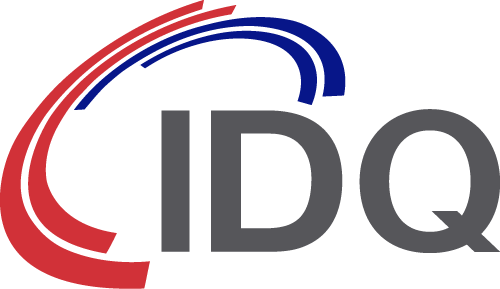Successful experimental demonstration of quantum advantage using IDQ’s ID230 detectors
In recent years, many computational tasks have been proposed as candidates for showing a quantum computational advantage, that is an advantage in the time needed to perform a task using a quantum instead of a classical machine. Nevertheless, the practical demonstration of such advantage has remained an important challenge for many research teams.
After Google and China making claims about quantum computer development, the CNRS (Centre national de la recherche scientifique) experimentally demonstrated the computational advantage over a classical machine! An important breakthrough and a first in Europe!
In the journal Nature communications, on February 8, 2021, the CNRS reports: “Experimental demonstration of quantum advantage for NP verification with limited information”. ID Quantique is proud to have contributed to this experiment where two SPAD-based ID230 single-photon detectors were used for the demonstration.
Eleni Diamanti, Research director at CNRS, commented:
“For the practical demonstration of the quantum advantage for our algorithms, we needed a simple to use but highly stable photonic system which included two telecom-wavelength ID230 single-photon detectors. The SPAD-based modules provide very low Dark Count Rate at a relatively high detection efficiency. The detection events were then easily processed for validation.”
 Fig: Experimental setup
Fig: Experimental setup
French President Details €1.8b Quantum Plan
President Macron declared during a speech on January 21st at the Center for Nanoscience and Nanotechnologies (C2N) in Paris-Saclay, that he wanted to put France in the “world top three” of these technologies called to transform IT and industry. He announced a national strategy for quantum technologies. The new five-year €1.8 billion plan aims to finance research in quantum computing, communications and sensing.


